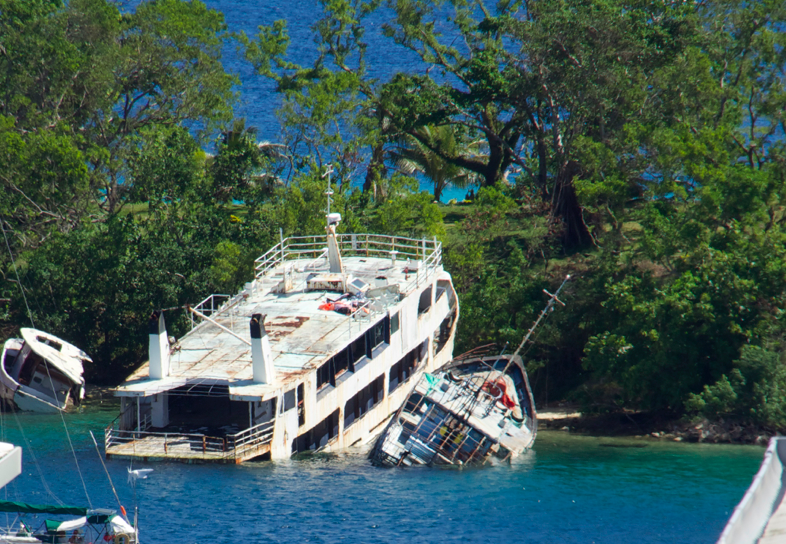You are here
Climate-proofing the Pacific
Roads and drainage systems in Vanuatu are being upgraded to cope with likely rainfall variations associated with climate change. The Government of Vanuatu is conducting the Port Vila Urban Development Project, worth over US$30 million, in partnership with the Australian Government and the Asian Development Bank.
The project will improve about 13 km of roads and 7 km of drains around Port Vila, the harbour-side capital of Vanuatu. Main arterial roads will be upgraded with kerbs, footpaths and associated drainage.
‘One project aim is to “climate proof” the roads and prevent urban runoff problems in which polluted water can enter lagoons and damage fish stock.’ says John Clarke, from CSIRO.
The work is timely. According to the Pacific-Australia Climate Change Science and Adaptation Planning Program, almost all Pacific island countries are likely to get more rainfall in future. Days of extreme rainfall days are likely to happen more often and become more intense.
Additional objectives are to improve disposal and treatment of septic waste and to help communities in peri-urban settlements access hygiene facilities.
Vanuatu is located in the centre of the South Pacific’s ‘cyclone alley’ and is one of the world’s most disaster prone countries. Climate change is expected to increase the frequency of tropical cyclones and associated flooding and landslides. Therefore, it is vital to ensure the water supply is protected from contamination
Tropical Cyclone Pam struck the country in March 2015. With winds of up to 250 kilometres per hour, this intense tropical cyclone caused 15-16 deaths and US$360 m damage.
How do roads and infrastructure in your area cope with downpours? Does your municipality have flood plans? What is your number one climate change adaptation requirement for local infrastructure?l590cn4l168tt2pc.png





